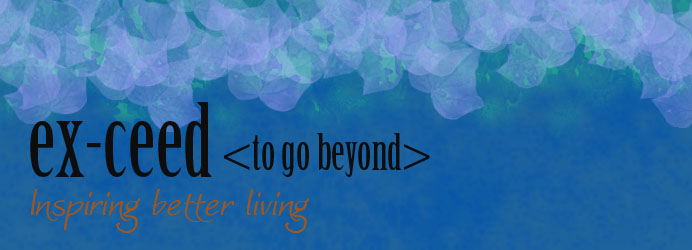Fight and flight responses are commonly known, but the freeze and fawn responses are less commonly known. There are at least these four as far as our responses to post-traumatic stress is concerned. The former two seem quite easy to define, but the latter two are quite variegated.
The freeze response occurs in different ways in different people, and it is often disguised, as is the fawn response in the kinds of reactions we might commonly think are our weaknesses alone.
The fawn response comes out commonly when we don’t know how to respond to an individual who we perceive is being aggressive towards us. This is not necessarily about someone we think it’s about to attack us, because aggression can come out in many ways.
Really any time we feel vulnerable and especially controlled for our response is the time when we feel aggressed. Control can be especially subtle, and we may find ourselves smiling our way through it as a way of not drawing attention to ourselves, as a way of saving face, and certainly as a way of protecting ourselves. It’s important to understand that the power dynamics have little to do with size or gender, because truly anybody can make us feel intimidated. It’s often a complete mystery as to why a person might have this power over us.
Simply put, the fawn response is seeking the approval of somebody. Remember that as a trauma response we are not seeking to people-please because we want to. We are doing it because we feel it’s the only way we can manage. Fawning is a way of protecting ourselves amid danger, so we can get to safe ground as soon as possible. I think of those times when we can’t wait to get out of a situation so we can go and binge on something. This is an example of how our fawn response gets us through to the relative safety of that binge. Obviously, this is how addiction becomes an issue out of trauma.
The freeze response, like fawning, is often misunderstood as being like the proverbial deer caught in headlights. It certainly is that. But it is way more. When a person intimidates us by arguing aggressively or ultra-technically, the agility of their cognitive function can leave us frozen. Sometimes we’re caught out by the aggression that seems to come from nowhere. Likewise, in burnout we can find ourselves overwhelmed by the sheer volume of tasks we have to complete, and the mind bails out. It’s the influence of fatigue that leaves without the inner resource to work it through the whole journey.
The freeze response does he have a characteristic of being overwhelmed to the point where function stops. But the freezing can be physically, emotionally, mentally, and even spiritually. People who have been sexually abused may be prone to freezing physically, where we literally cannot move a muscle, and I know of situations where panic in persons leaves them speechless. They want to shout or talk but find absolutely no voice.
The key concept to remember about the fawn and freeze responses is they can often be subtle.
We can respond these ways very much in our daily lives. Sometimes the freeze response is captured in procrastination where indecision creates problems that cannot be resolved. The more we agonise over a decision or a particular action the more we become paralysed in its sights. The key test of whether the fawn response is activated or not is in whether we are truly willing to engage with a person the way we do. If we feel coerced in any way into a particular form of action, and thereby cannot hold to our truth, we’re fawning. That’s right, especially when we “keep the peace,” we’re fawning. This may say more about the power the other person is exerting than our response, however. Where we still have access to our choice we’re empowered, but where we feel we can’t choose, we fawn.
It's helpful to understand why we respond the way we do because it's important to be curious about how we engage with others, and in what situations we feel outgunned. Awareness of our behavioural traits helps us identify where we would like to choose to enlist more personal power.
This personal power, from a relational viewpoint, is how we willingly invest in and serve others—that’s love. The less we find we are driven by our trauma responses, the more of our choice we access, and the freer we become.
The more personal power we access, the more we act in others’ lives for the good. Accepting ourselves in our freeze and fawn responses, not judging or condemning ourselves, is one way we access this safer curiosity to advance our way toward overcoming.


No comments:
Post a Comment